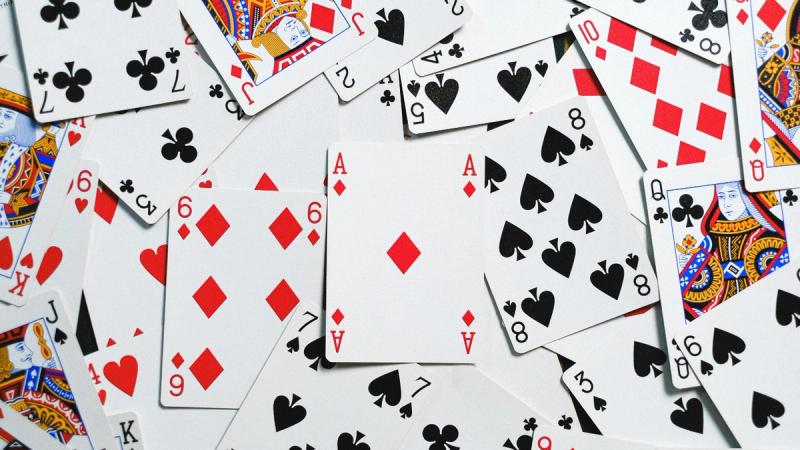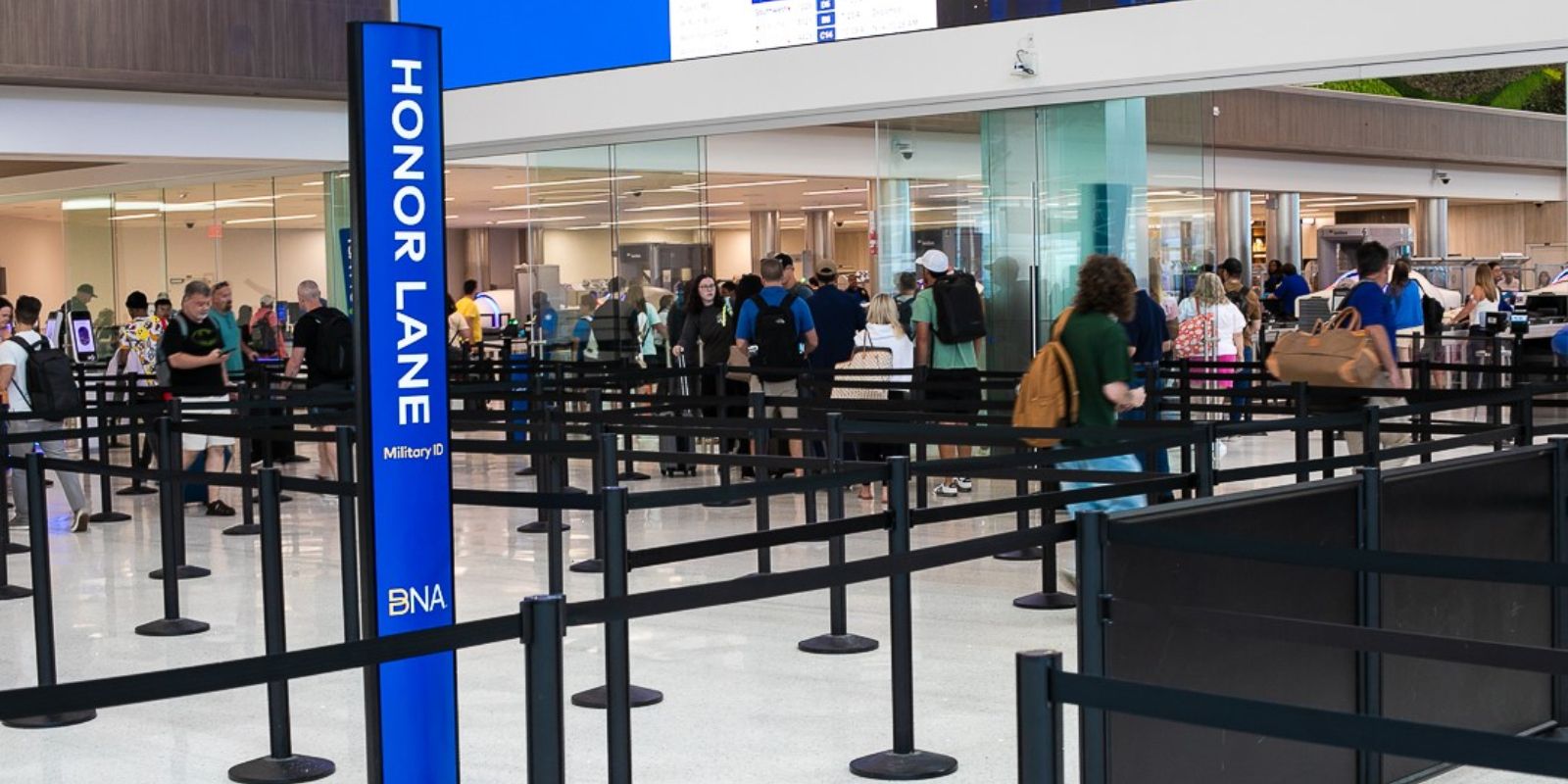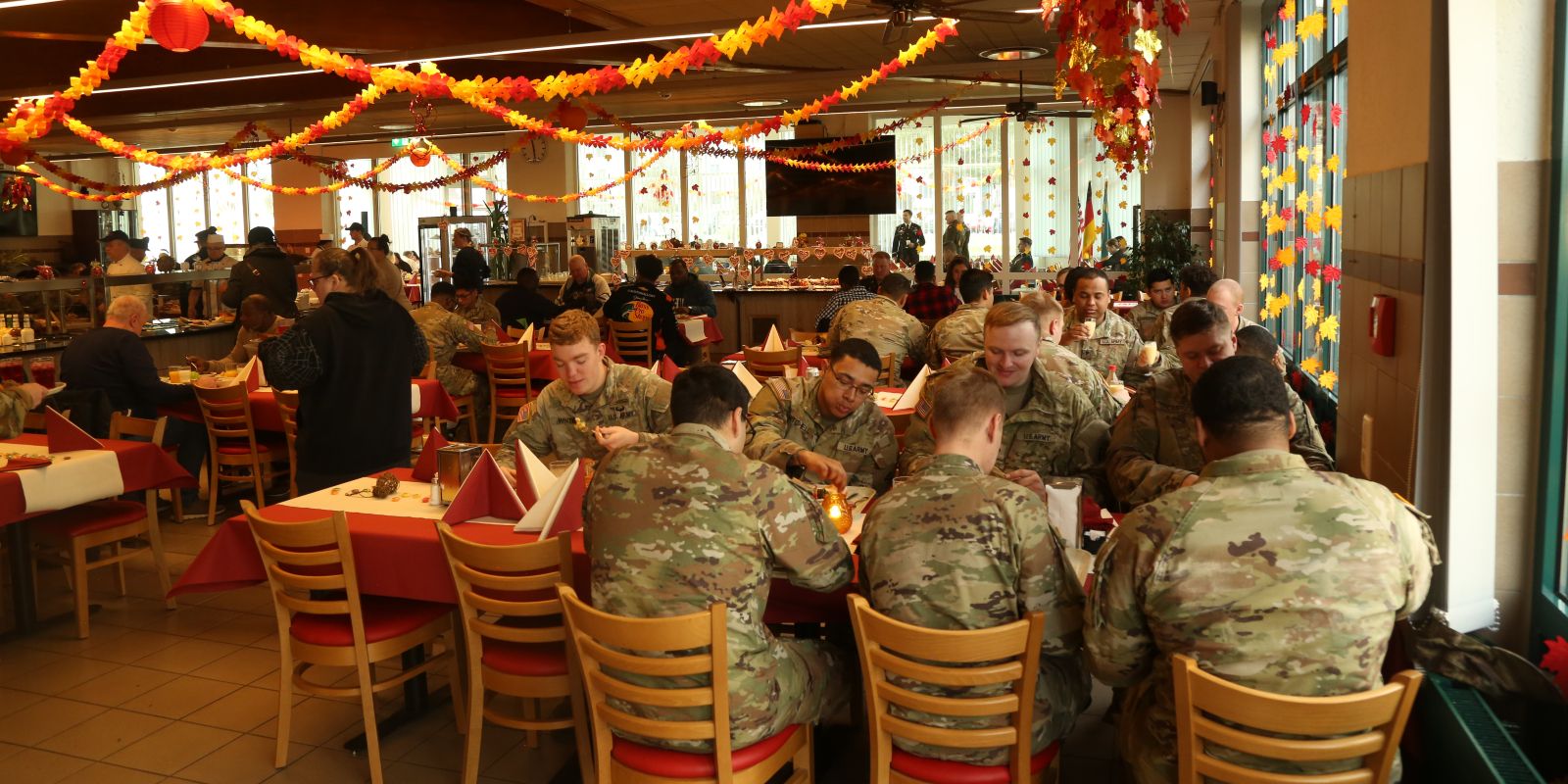HEARTS, SPADES, AND FEAR: THE EERIE STORY OF VIETNAM’S DEATH CARDS

ADVERTISEMENT
Imagine being deep in the jungle—mud up to your knees, the air thick with humidity and tension. Your heart pounds as you realize the enemy could be anywhere. The silence feels heavier with every step. Then, you spot something on the ground: a small piece of a playing card. At first, it seems harmless—just a random card lost in the chaos. But in Vietnam, this wasn’t a card you wanted to find.
It was part of a psychological weapon known as the “Vietnam death card”—one of the eeriest tactics used during the war.
This single card became a powerful symbol of fear. Curious how that happened? Keep reading.
Why the Ace of Spades Became the Death Card
In many Western cultures, the Vietnamese death cards were already associated with death or with bad luck. It is often known as the “death card” in folklore, so the superstition around this card didn’t start in Vietnam, just to be clear.
By the time the Vietnam War started, the U.S. military had a genius idea and somehow managed to add a modern twist. Because of superstition, they made this card as a tool. They saw an opportunity to use a tiny piece of paper to make a huge psychological impact on the enemies: the Vietnam death cards.
Soldiers left Ace of Spade cards on enemy bodies scattered and lying around, so when an enemy saw it, they would instantly be scared. They wanted enemies to question whether they were being hunted by luck, fate, or just pure American deception. Little did they know that this deception would actually work.
Nobody Prepared You for Military Life
But we can help. Join over 100k spouses already getting the specific advice, resources, and military tea they need to thrive.
The Vietnam Death Cards Have a Creepy Reputation
Fear grew within the Viet Cong because of the Vietnam death cards, but this strategy didn’t stop with just putting the card on bodies lying on the ground.
In 1967, the 101st Airborne Division received decks specifically chosen for their superstition beliefs. And mind you, these weren’t ordinary decks. They were stamped with the Ace of Spades.
They didn’t just place the card on bodies lying on the ground but in strategic locations like foxholes, trails, captured helmets, and even empty ammo crates. Soon, the Viet Cong realized that they were more than just a piece of paper. This strategy was indeed clever.
Soldiers Really Know When to Include Humor
To lighten things up a bit, the Vietnamese death card wasn't always meant to be creepy. In fact, during the Vietnam War, the card often became a morale booster for American troops.
Some Soldiers carried decks of cards in their rucksacks (similar to backpacks) for practical reasons, but they also found creative and humorous ways to use them. It became a sort of inside joke—Soldiers would sometimes slip a card into a buddy’s helmet or leave one on a table during downtime, prompting startled reactions or laughter. It was annoying, sure, but also pretty clever.
Interestingly, the Ace of Spades has long been linked with magic and superstition. It’s said to bring luck, offer protection, or give someone an edge—much like how it was used in the Vietnam War as a tool of psychological warfare.

From Vietnam Death Cards to a Pop Culture Icon
The Ace of Spades didn’t disappear when the Vietnam War ended. Instead, it became a lasting symbol in pop culture—representing danger, rebellion, and even death. Take the Netflix show Alice in Borderland, for example: the show’s cover features the Ace of Spades, tying directly to its death-related themes. The card also shows up in movies, books, and songs—proof of how creative people have reimagined its meaning over time.
Looking back, it’s easy to see why the card seemed so eerie during the war. A simple playing card had come to symbolize death and fear. Imagine Soldiers finding one placed among fallen bodies—it would immediately raise the chilling question: “Why is there a card here?” Even civilians would have felt the same unease. And that fear worked—the unexpectedness of it made the tactic effective.
The Vietnam War is filled with fascinating stories and clever psychological strategies that make you think, “They actually did that?” Even something as ordinary as a playing card carries its own piece of history. So, if you’re someone who enjoys a deck of cards, remember this: those “death cards” weren’t just random props. They represented the creativity, resilience, and dark humor soldiers used to survive, intimidate, and cope with the realities of war. And that ingenuity remains a defining part of military history.
Read next:
- Top 8 Unsolved Military Mysteries Baffling Historians
- CONPLAN 8888 Explained: The Military’s Zombie Defense Plan
- Project Iceworm: U.S. Army’s Hidden Cold War Base in Greenland
Sources:

Veteran, Military History & Culture Writer
BY ALLISON KIRSCHBAUM
Navy Veteran
Allison Kirschbaum is a Navy Veteran and an experienced historian. She has seven years of experience creating compelling digital content across diverse industries, including Military, Defense, History, SaaS, MarTech, FinTech, financial services, insurance, and manufacturing. She brings this expertis...
Credentials
- Navy Veteran
- 7 years experience in digital content creation
- Expertise across Military, Defense, History, SaaS, MarTech, FinTech industries
Expertise



